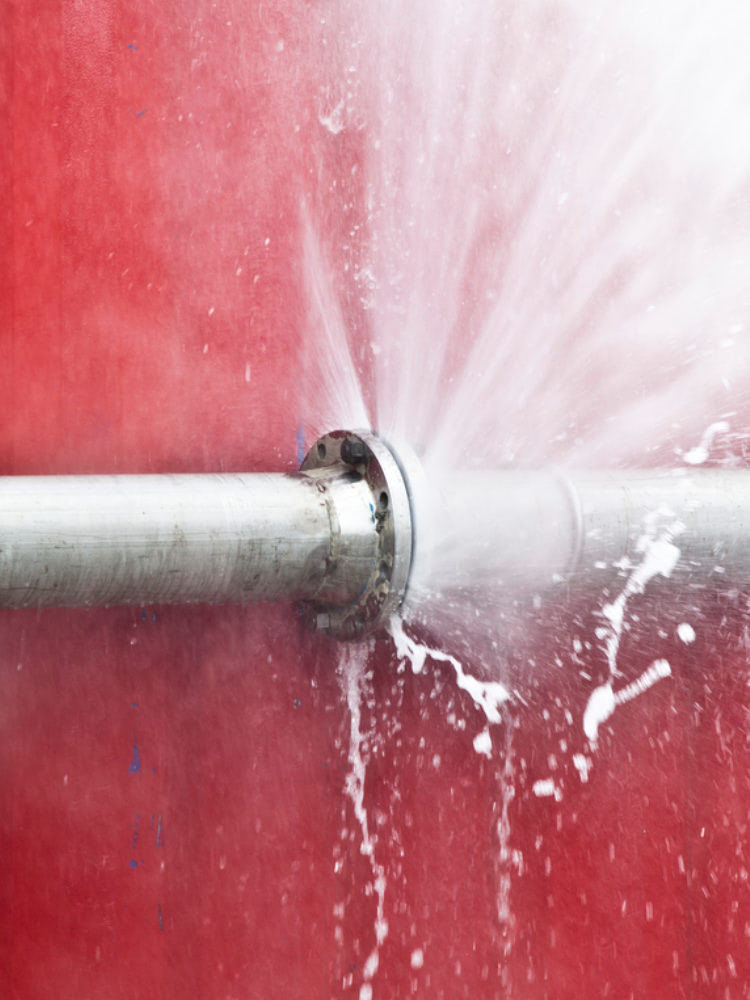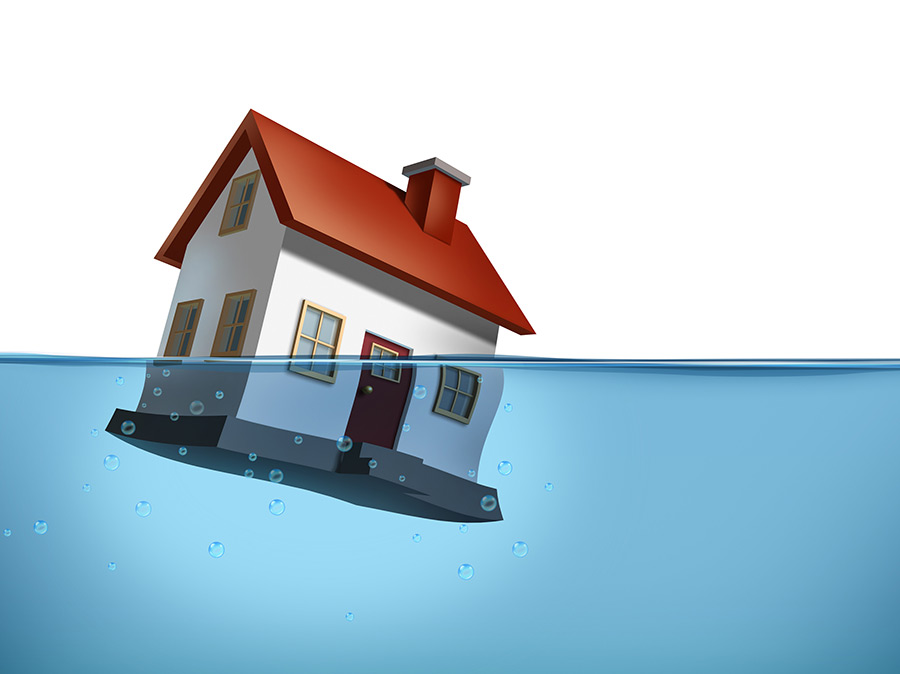The Six Most Common Water Leaks in Your Home: How They Happen and What to Do
The Six Most Common Water Leaks in Your Home: How They Happen and What to Do
Blog Article
Are you currently in search of guidance on How to Find Water Leaks?

Leakages not just cause waste of water but can additionally create unneeded damage to your home and promote unwanted natural development. Water leaks could go undetected because most of the pipework in our residence is hidden. By looking and recognizing for daily scenarios that trigger leaks, you can safeguard your home from future leakages as well as unnecessary damage. Today, we will certainly check out six leak creates that may be causing your pipelines to trickle.
Elbowing in roots
The majority of water leaks start outside your house rather than inside it. If you see a sudden reduction in water pressure, claim in your faucet, take time to go out and also examine your backyard. You could see damp patches or sinkholes in your yard, which may suggest that tree roots are invading water lines triggering water to permeate out. You can have your plumber check for invasion, specifically if you have trees or bushes near your property.
Corroded water systems
As time goes by, your plumbing system ages and rust such as corrosion might begin eating away the pipelines. This could be the cause of discoloration or bending on your pipes. This asks for an evaluation with your plumber quickly. If our plumbing system is old, take into consideration changing the pipes because they go to a higher danger of rust than the newer models.
Defective Pipe Joints
Pipe joints can weaken over time, resulting in water leaks. If you have loud pipelines that make ticking or banging noises, particularly when the warm water is transformed on, your pipe joints are probably under a lot of pressure.
Instant temperature level adjustments.
Severe temperature changes in our pipelines can create them to expand and also acquire unexpectedly. This development as well as contraction might trigger cracks in the pipelines, particularly if the temperature level are below cold.
Poor Water Connectors
At times, a leakage can be caused by loosened hoses and also pipes that supply your home appliances. Generally, shifting is what triggers the loosened water Connections. You could discover in the case of a washing machine, a pipe might spring a leak as a result of shaking throughout the spin cycle. In case of a water connections leakage, you may observe water running directly from the supply line or puddles around your devices.
Obstructed Drains
Obstructed drains pipes may be irritating and inconveniencing, but they can sometimes end up creating an overflow bring about break pipelines. Maintain removing any type of products that might go down your drains that might clog them to avoid such troubles.
All the above are sources of leakages but not all water leaks arise from plumbing leakages; some leaks might come from roofing leakages. All leakages need to be repaired promptly to stay clear of water damages.
Leaks not only trigger waste of water however can likewise trigger unneeded damages to your residence and also advertise undesirable natural development. By looking as well as comprehending for daily scenarios that create leakages, you can safeguard your house from future leaks and unnecessary damage. Today, we will certainly look at 6 leakage causes that might be creating your pipelines to trickle.
At times, a leakage can be triggered by loose hose pipes as well as pipes that supply your appliances. In case of a water connections leakage, you might observe water running straight from the supply line or pools around your home appliances.
How To Check For Water Leak In Your Home
How To Check for Leaks
The average household's leaks can account for nearly 10,000 gallons of water wasted every year and ten percent of homes have leaks that waste 90 gallons or more per day. Common types of leaks found in the home are worn toilet flappers, dripping faucets, and other leaking valves. These types of leaks are often easy to fix, requiring only a few tools and hardware that can pay for themselves in water savings. Fixing easily corrected household water leaks can save homeowners about 10 percent on their water bills.
To check for leaks in your home, you first need to determine whether you're wasting water and then identify the source of the leak. Here are some tips for finding leaks:
Take a look at your water usage during a colder month, such as January or February. If a family of four exceeds 12,000 gallons per month, there are serious leaks.
Check your water meter before and after a two-hour period when no water is being used. If the meter changes at all, you probably have a leak.
Identify toilet leaks by placing a drop of food coloring in the toilet tank. If any color shows up in the bowl after 10 minutes, you have a leak. (Be sure to flush immediately after the experiment to avoid staining the tank.)
Examine faucet gaskets and pipe fittings for any water on the outside of the pipe to check for surface leaks.
Undetected water leaks can happen without the home or business owner even realizing. If you suspect a water leak, but not able to find the source. It is time to contact a professional water leak detection service, The Leak Doctor.
How To Find a Water Leak In Your Home
https://www.leakdoctor.com/blog/How-To-Check-For-Water-Leak-In-Your-Home_AE197.html

Do you like reading up on How to detect water leaks in your home? Try leaving a review below. We will be glad to find out your thinking about this post. We hope that you come back again soon. Do you know about another person who is fascinated with the topic? Be sure promote it. We truly appreciate reading our article about Most Common Causes of Leaky Pipes.
Schedule Appointment Report this page